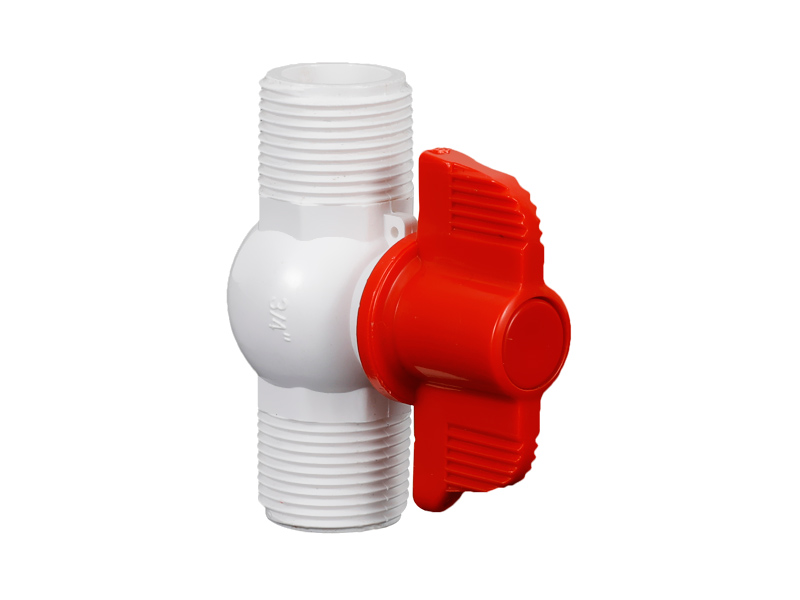How does the male ball valve design enable smooth and effortless on/off operation?
The male ball valve design is a key characteristic...
MORE >>















Compression Ball Valve are a good choice because they a […]
Compression Ball Valve are a good choice because they are easy to install and do not require welding. Valve direction: The ball valve can be installed vertically or horizontally. The pipeline is bidirectional, so the flow direction is not important, but the best practice is to set the valve handle to point to the flow direction as much as possible. The direction of the stem is not important, but any deviation from the vertical is a compromise. It is not recommended to install it upside down because it will cause dirt to accumulate on the stem packing. The best practice is to install the valve stem up as much as possible.

installation steps
1. Check the ball valve port, valve seat surface and sleeve to make sure they are clean and free of foreign matter
2. Operate the valve from the fully open position to the fully closed position.
3. Ensure that the copper, CPVC, PEX or PE-RT pipe end inserted into the valve is square cut, clean and free of burrs and foreign objects.
4. When preparing to insert the copper pipe, use steel wool or emery cloth to clean the pipe end thoroughly.
5. Pass the tube through the compression nut and compression sleeve, and fully insert the compression end until you feel the tube touch the stop block.
6. Tighten the compression nut by hand until it is tightened by hand. A drop of lubricating oil will make it easy to assemble the nut. Make sure that the pipe stays firmly against the stop during the tightening process.
7. Repeat on the other end, then constrain the pipe and make sure that there is no stress, shear, or tension on the valve.
8. Support the alignment of the valve and the pipeline to prevent any unnecessary stress on the valve body through the connecting pipeline. The pipe support must be able to keep the pipe aligned and bear the weight of the fittings, valves, pipes and their contents.

The male ball valve design is a key characteristic...
MORE >>
In today's modern world, efficient and reliable wa...
MORE >>
Copyright ©All rights reserved:Zhejiang Xier Plastic Valve Lead Co.,LTD. PVC Ball Valves Manufacturers Technical support: HWAQ  浙公网安备 33060402001174号
浙公网安备 33060402001174号

 English
English España
España عربي
عربي